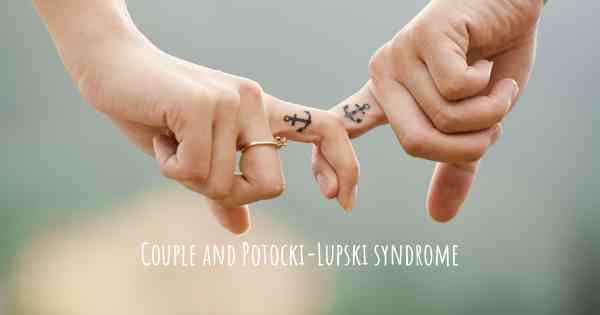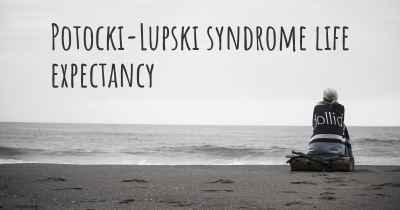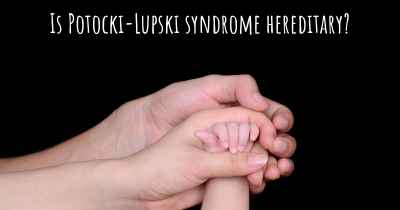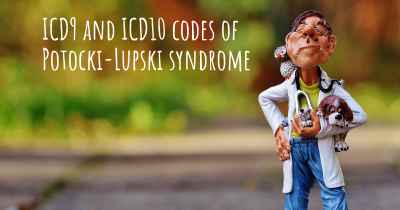Is it easy to find a partner and/or maintain relationship when you have Potocki-Lupski syndrome?
People with experience in Potocki-Lupski syndrome give their opinion on whether it is easy or not to have a partner or to maintain a realationship when you are diagnosed of Potocki-Lupski syndrome. What are the possible difficulties in having a relationship?

Is it easy to find a partner and/or maintain a relationship when you have Potocki-Lupski syndrome?
Finding a partner and maintaining a relationship can be challenging for individuals with Potocki-Lupski syndrome (PTLS), but it is important to remember that each person's experience is unique. PTLS is a rare genetic disorder characterized by intellectual disability, developmental delays, and various physical and behavioral features. While these challenges may present additional obstacles in forming and sustaining relationships, it is not impossible to find love and build meaningful connections.
Understanding PTLS:
PTLS affects individuals differently, and the severity of symptoms can vary. Some people with PTLS may have mild intellectual disabilities and relatively few physical or behavioral issues, while others may require more support and have more significant challenges. It is crucial to recognize that everyone with PTLS has their own strengths, abilities, and potential for personal growth.
Challenges in finding a partner:
Individuals with PTLS may face certain challenges when it comes to finding a partner. These challenges can include:
- Social skills: Some individuals with PTLS may struggle with social interactions and communication, making it harder to initiate and maintain relationships. However, with appropriate support, therapy, and social skills training, individuals with PTLS can improve their social abilities and increase their chances of forming connections.
- Self-esteem: The physical and intellectual challenges associated with PTLS can sometimes impact an individual's self-esteem. It is important to foster a positive self-image and promote self-acceptance, as confidence plays a significant role in building healthy relationships.
- Understanding and acceptance: Finding a partner who understands and accepts the unique challenges of PTLS can be crucial. It may take time to find someone who is willing to learn about PTLS, be patient, and provide the necessary support.
Building and maintaining relationships:
While finding a partner may have its challenges, maintaining a relationship can also require additional effort. Here are some considerations:
- Communication: Open and honest communication is essential in any relationship. Individuals with PTLS may need to find alternative ways to express themselves, such as using visual aids, assistive technology, or augmentative and alternative communication methods. Effective communication can help bridge any gaps and foster understanding.
- Support: Both partners should be supportive of each other's needs. It is important to recognize that individuals with PTLS may require additional support in various aspects of life. By providing emotional, physical, and practical support, partners can strengthen their bond and navigate challenges together.
- Education and awareness: Educating oneself and raising awareness about PTLS can help partners better understand the syndrome and its impact on daily life. This knowledge can foster empathy, patience, and a deeper connection between partners.
- Seeking professional help: In some cases, couples may benefit from seeking professional guidance, such as couples therapy or counseling. These resources can provide tools and strategies to navigate relationship challenges and enhance overall relationship satisfaction.
Conclusion:
While finding a partner and maintaining a relationship may present unique challenges for individuals with Potocki-Lupski syndrome, it is important to remember that love and connection are possible for everyone. By focusing on individual strengths, seeking support, and fostering understanding, individuals with PTLS can build meaningful relationships and experience the joys of companionship.








